Primulaceae
Within Primulaceae, the genera Primula (450 species) and its closest ally Dionysia (50 species) are exceptional in the production of quasi-crystalline flavonoids, secreted from glandular hairs which are the site of biosynthesis and production. The result is a conspicuous farinose exudate (farina) that is found on aerial surfaces of most species, while other Primula species produce an oily exudate. We compare both genera with respect to their exudates and, recently, also for their tissue flavonoids. We search for phytochemical diversifications, not only between these different compartments (exudate versus tissue), but also in relation to the phylogeny of these genera. Furthermore, we aim to understand the background of exudate flavonoid formation and its ecological significance.
Methods to study flavonoid composition involve phytochemical profiling, by applying standard chromatographic methods such as TLC and HPLC. Single compounds are identified by various spectroscopic methods, in cooperation with the Department of Organic Chemistry, Univ. Vienna. By comparison of populations and species, we can define relevant accumulation tendencies against molecular phylogenies, and apply these as phenotypic characters. In Primula and Dionysia, unusually substituted flavonoids (“Primula-type” flavones), apparently not generated via the classical biosynthetic routes, are predominantly accumulated in both oily and farinose exudates. Some species of Primula and Dionysia accumulate flavonoids from the classical biosynthetic pathway in addition, a feature observed in phylogenetically younger evolutionary lines such as in some European alpine Primula species. It is suggestive to hypothesize that the presence of flavonoids from the classical biosynthetic pathway is a newly evolved feature of these phylogenetically younger taxa. The ecological significance of this diversification is not yet clear. Recently, we started to investigate the function of exudate and farina production and composition in alpine species, in relation to abiotic stress reactions in natural habitats. Furthermore, biotic interactions are studied in lab bioassays to test for antifungal, insecticidal and anti-oxidative properties. Ongoing research involves Bachelor, Master- and PhD theses. As for the biosynthesis of the specific Primula-type flavonoids: How to solve this riddle? And not enough: Do we have a case of silent metabolism in younger lineages that is re-activated? You are welcome to join us to solve these questions!
Hinterdobler, W., Valant-Vetschera, K., & Brecker, L. (2017). New Primula-type Flavones from Exudates of Selected Dionysia spp. (Primulaceae). Natural Product Communications, 12, 1673-1676. https://doi.org/10.1177/1934578X1701201103
Holzbach, B., Reuter, V., Bacher, M., Schinnerl, J., Brecker, L., Rosenau, T., & Valant-Vetschera, K. (2021). Flavonoid diversification in different leaf compartments of Primula auricula (Primulaceae). Biochemical Systematics and Ecology, 98, [104310]. doi.org/10.1016/j.bse.2021.104310
Priemer, C., Bukvicki, D. & Valant-Vetschera, K. 2021: Exudate flavonoid diversification of Primula auricula L. populations in an ecological context. Polyphenols Communications 2021, evol. Vol 1., 313–314. https://www.groupepolyphenols.com/wp-content/uploads/2021/10/Polyphenols-Communications-e-vol-1-no-1.pdf
Valant-Vetschera, K. M. & Brem, B. (2006): Chemodiversity of exudate flavonoids as highlighted by publications of Eckhard Wollenweber. Natural Product Communications 1, 921–926. https://doi.org/10.1177%2F1934578X0600101102
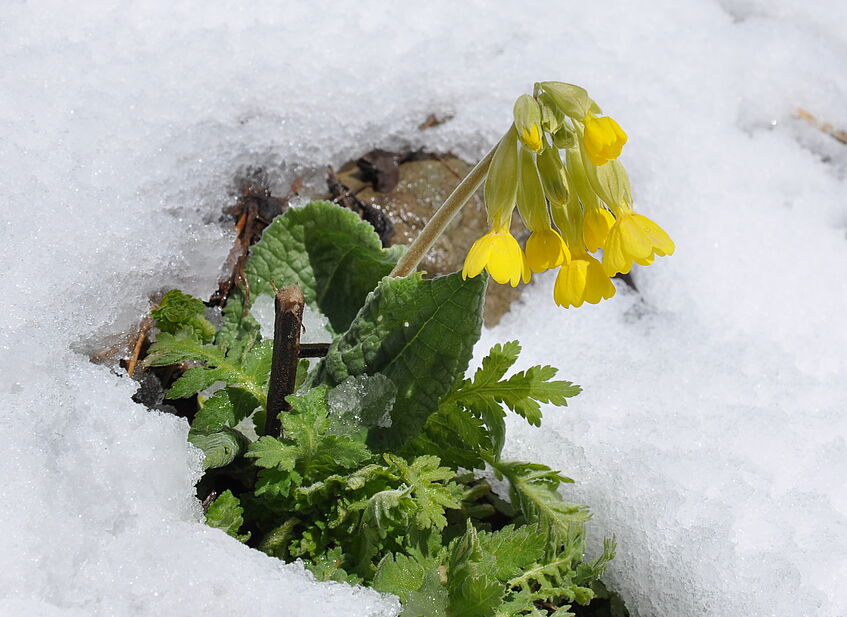
Primula veris subsp. columnae
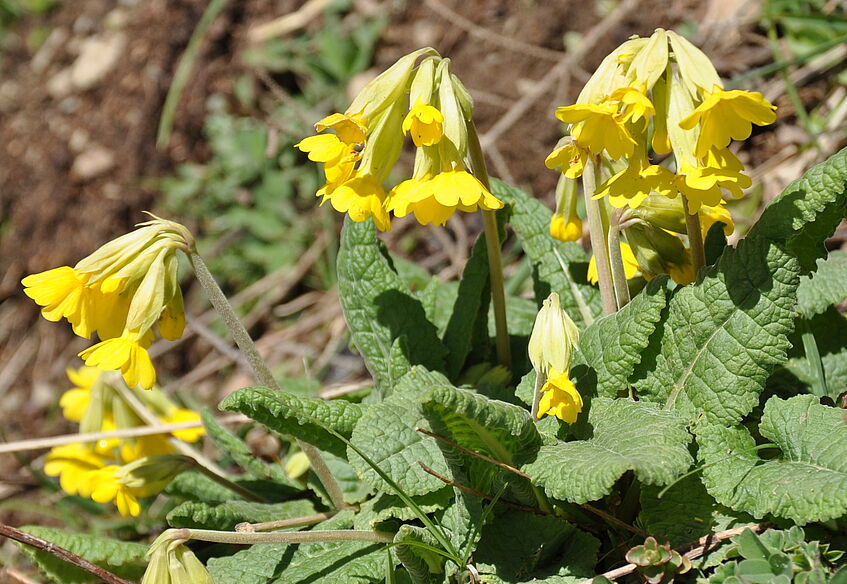
Primula veris subsp. columnae
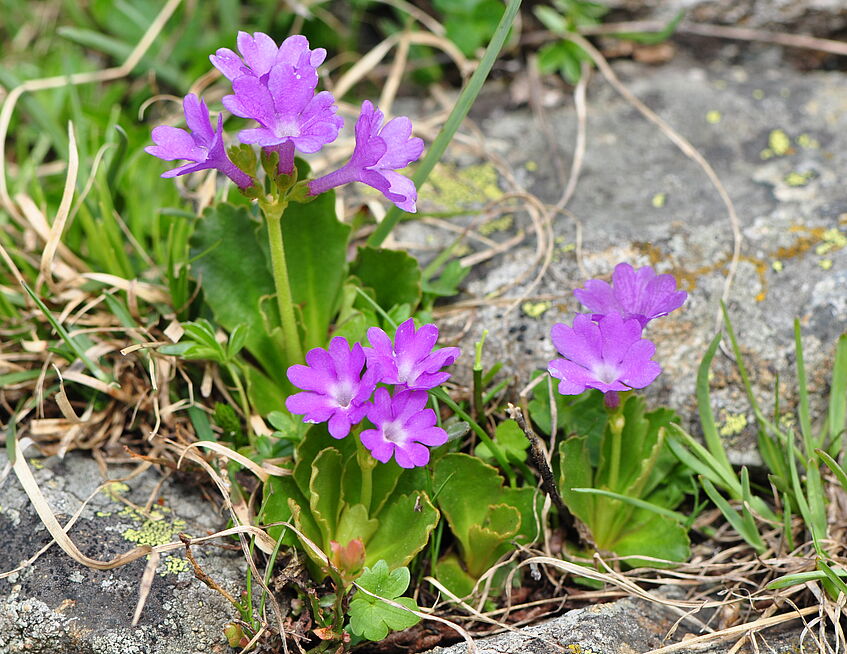
Primula daonensis
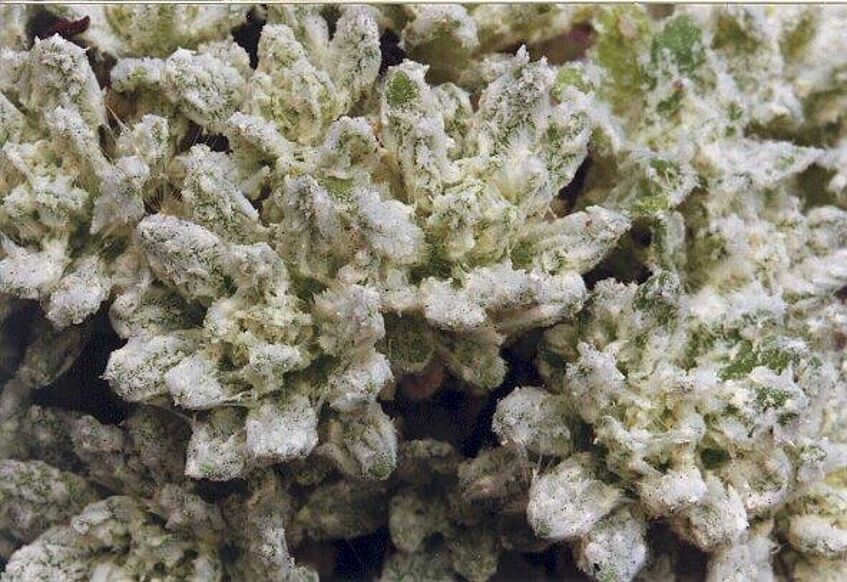
Dionysia archibaldii
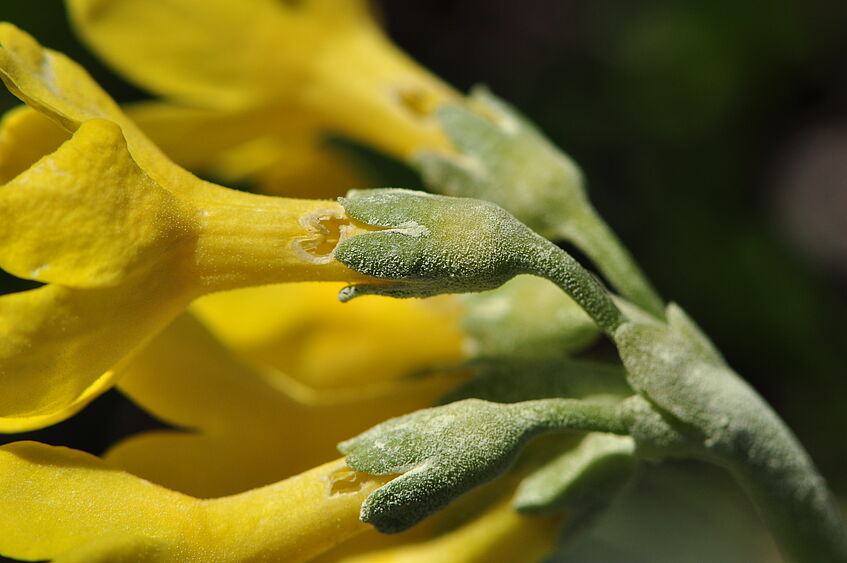
Primula auricula subsp. auricula
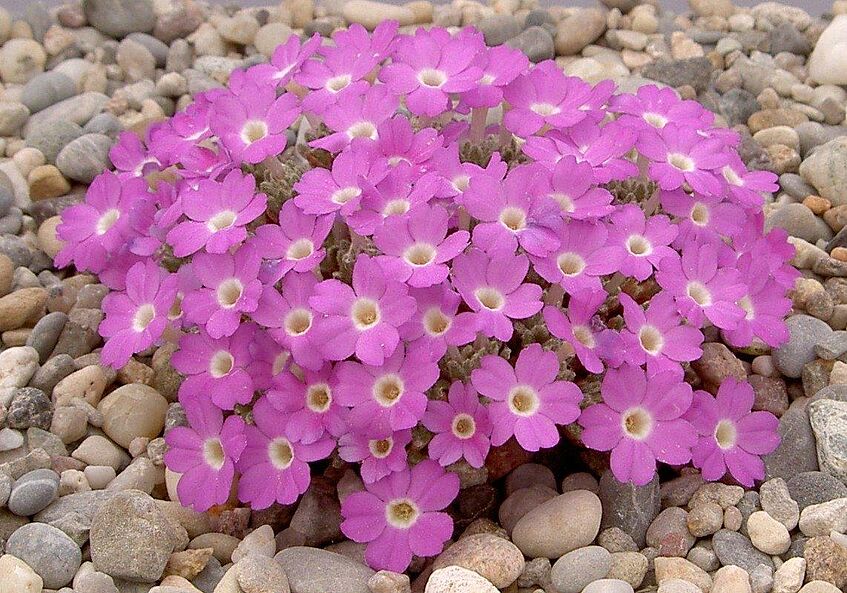
Dionysia bazoftica
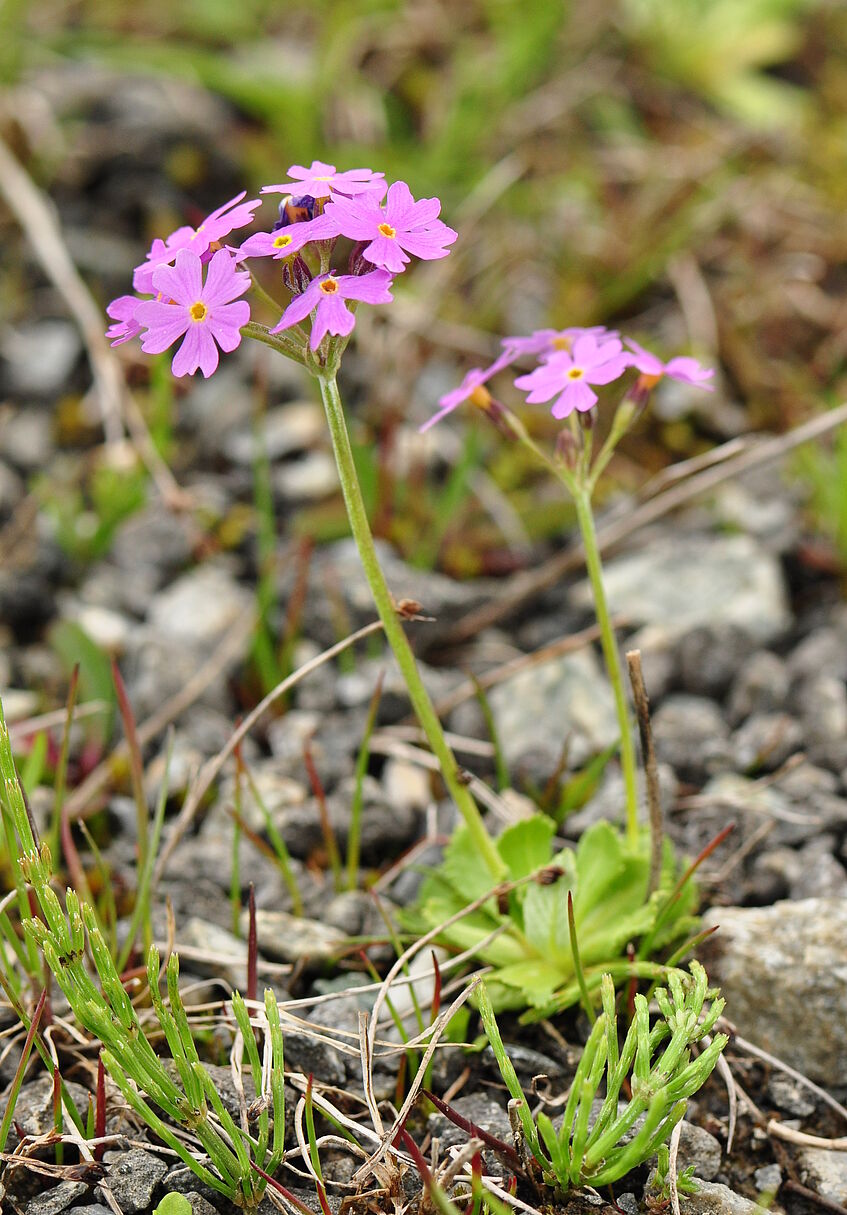
Primula farinosa
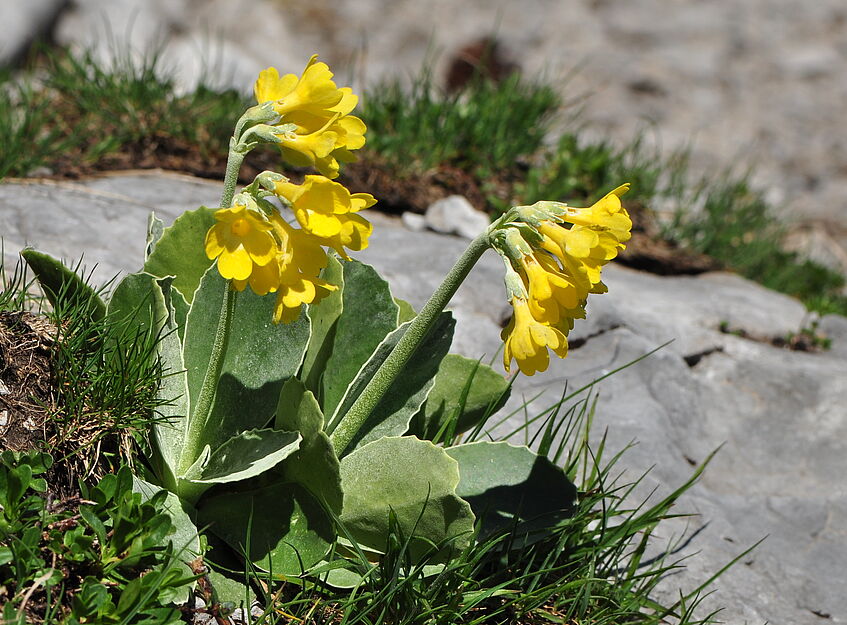
Primula auricula subsp. auricula
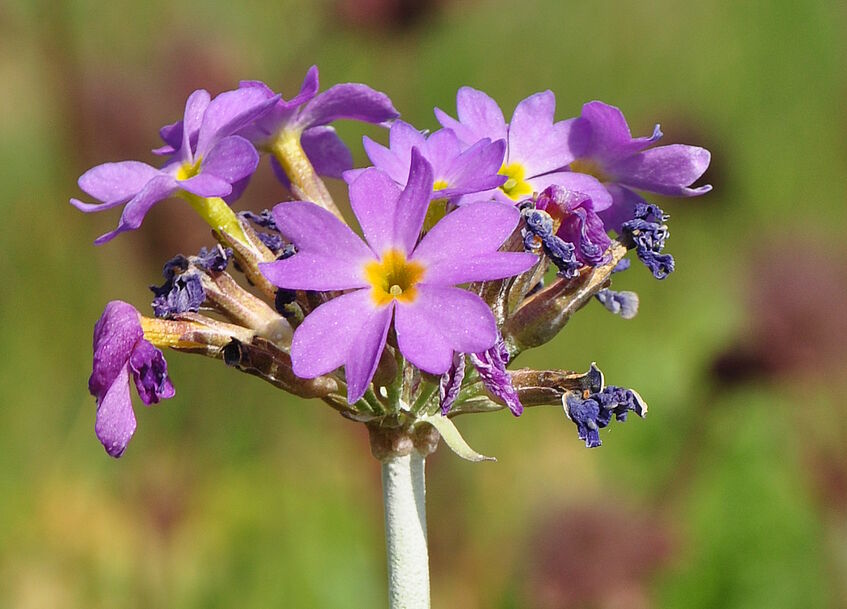
Primula auriculata
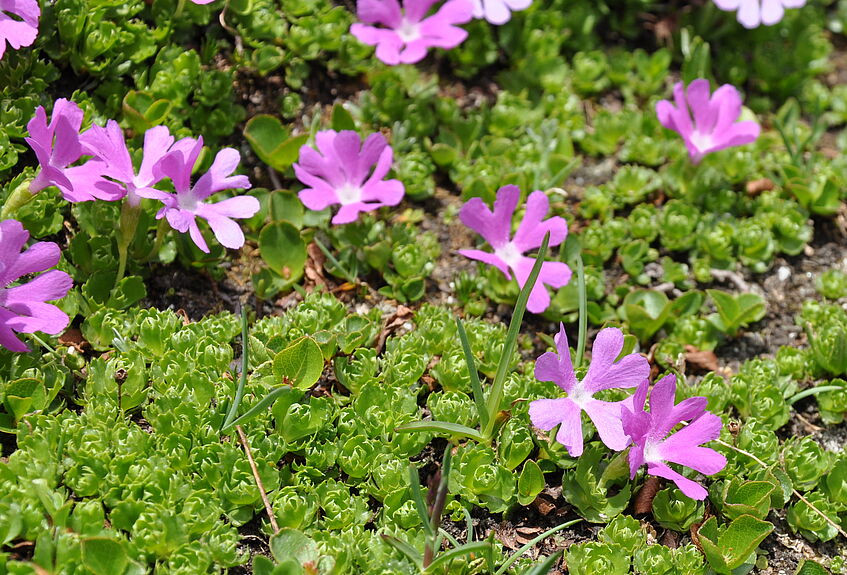
Primula minima

Primula minima
Rubiaceae
The Psychotria alliance (Rubiaceae)
The Psychotria alliance is a speciose and complex pantropical group of up to 3.000 species classified in the sister tribes Palicoureeae and Psychotrieae within the coffee family (Rubiaceae; Razafimandimbison et al., 2014). In the Neotropics, the group is particularly diverse and includes the genera Psychotria (Psychotrieae) as well as Carapichea, Geophila, Palicourea, Notopleura, Margaritopsis and Rudgea (Palicoureeae). Species of the Psychotria alliance, mostly shrubs and small trees, are of great ecological importance and contribute a significant part to rainforest understory diversity, abundance and biomass (Gentry, 1990), and provide an important food source for frugivorous birds (Snow, 1981). Moreover, several species are of ethnobotanical importance (e.g. Schultes & Raffauf, 1990) and many have proven to be a rich source of tryptamine-iridoid alkaloids that are derived from the strictosidine pathway (e.g. Berger et al., 2012; Berger et al., 2015).
Methods
Our research focusses on Costa Rica, where more than 170 species occur. For collecting plant material, we cooperate with the Field Station La Gamba (University of Vienna). In addition, we cooperate with the herbaria MO, W and WU, which provide further samples for analysis. Various chromatographic techniques are employed for isolation and analysis of secondary compounds. In addition, structure of isolated compounds is identified in cooperation with the Institute of Organic Chemistry, University of Vienna.
Chemodiversity
Many papers have addressed the phytochemistry of species of the Psychotria alliance. Still, to date, the vast majority remains unstudied. Hence, we aim to fill those gaps by studying a diverse array of species from different provenances and phylogenetic affinities. We are interested in the distribution of known and the discovery of new secondary metabolites from all compound classes including alkaloids, flavonoids, iridoids, quinones, tannins, etc.
Chemosystematics
Previously, chemosystematic studies within the Psychotria alliance were hindered by the complex taxonomy and unclear generic placement of many taxa. By integrating phytochemistry with latest data on taxonomy and DNA phylogeny, we aim to get novel insights into clade-specific intra- and intergeneric accumulation tendencies and their evolution.
Chemical Ecology
Plants employ phytochemicals to cope with a variety of abiotic and biotic stressors. Among the most important is herbivory, the consumption of plant tissue by animals. Applying feeding studies with the larvae of the generalist moth Spodoptera littoralis (Noctuidae), we study the ecological importance of secondary metabolites in protecting plants against herbivory. In the future, we plan to study natural herbivore populations in situ to assess the functional importance of widely varying defensive traits in shaping herbivore communities.
Literature
Berger, A., Fasshuber, H., Schinnerl, J., Brecker, L., Greger, H. 2012. Various types of tryptamine-iridoid alkaloids from Palicourea acuminata (= Psychotria acuminata, Rubiaceae). Phytochem. Lett. 5(3): 558–562.
Berger, A., Kostyan, M.K., Klose, S.I., Gastegger, M., Lorbeer, E., Brecker, L., Schinnerl, J. 2015. Loganin and secologanin derived tryptamine iridoid alkaloids from Palicourea crocea and Palicourea padifolia (Rubiaceae). Phytochemistry 116: 162–169.
Gentry, A.H. 1990. Floristic similarities and differences between southern Central America and central Amazonia. 141–157. In: Gentry, A.H. (ed.) Four Neotropical Rainforests. Yale University Press, CT.
Razafimandimbison, S.G., Taylor, C.M., Wikström, N., Pailler, T., Khodabandeh, A., Bremer, B. 2014. Phylogeny and generic limits in the sister tribes Psychotrieae and Palicoureeae (Rubiaceae): Evolution of schizocarps in Psychotria and origins of bacterial leaf nodules of the Malagasy species. Am. J. Bot. 101(7): 1102–1126.
Schultes, R.E. & Raffauf, R.F. 1990. The Healing Forest. Medicinal and Toxic Plants of the Northwest Amazonia. Dioscorides Press, Portland.
Snow, D.W. 1981. Tropical Frugivorous Birds and Their Food Plants: a World Survey. Biotropica 13: 1–14.
Taylor, C.M. 2015. Rubiacearum Americanarum Magna Hama XXXIII: The new group Palicourea sect. Didymocarpae with four new species and two new subspecies (Palicoureeae). Novon 23(4): 452–478.
Taylor, C.M., Hammel, B.E., Lorence, D.H. 2014. Rubiaceae. In: Manual de Plantas de Costa Rica. Vol. VII. Hammel, B. E.,
Grayum, M. H., Herrera, C., Zamora, N. (eds.). Monogr. Syst. Bot. Mo. Bot. Gard. 129: 464–779.
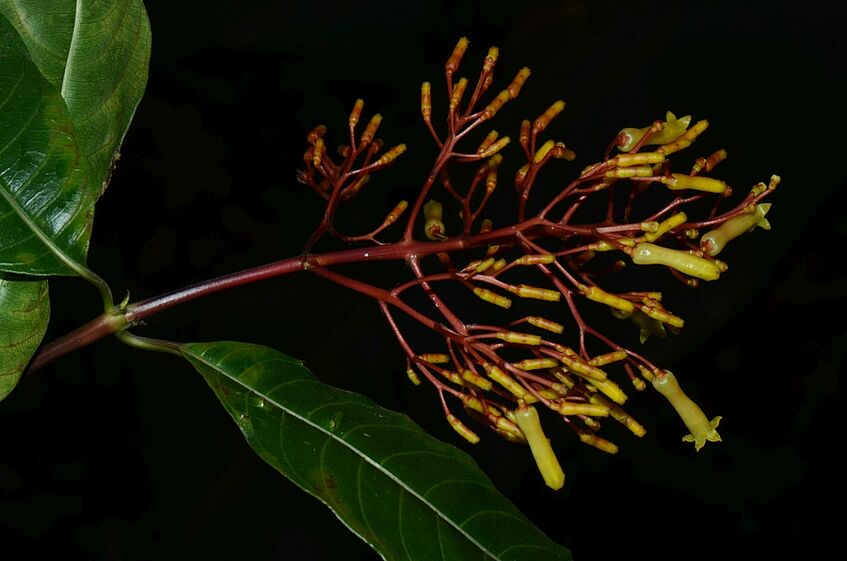
Palicourea padifolia
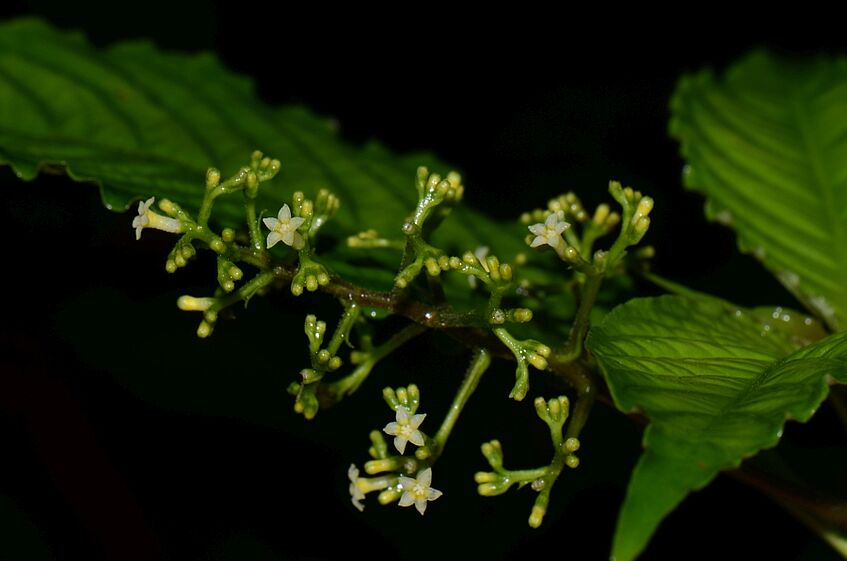
Psychotria cyanococca
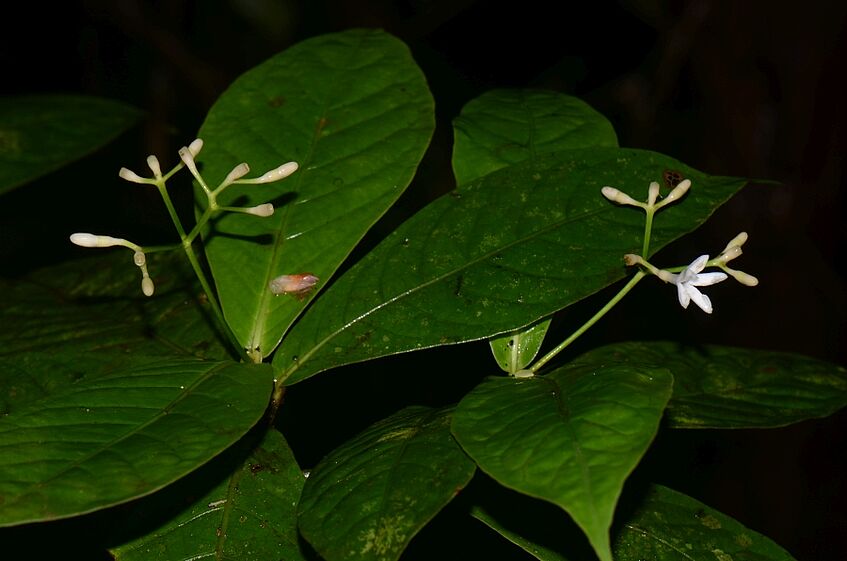
Rudgea skutchii
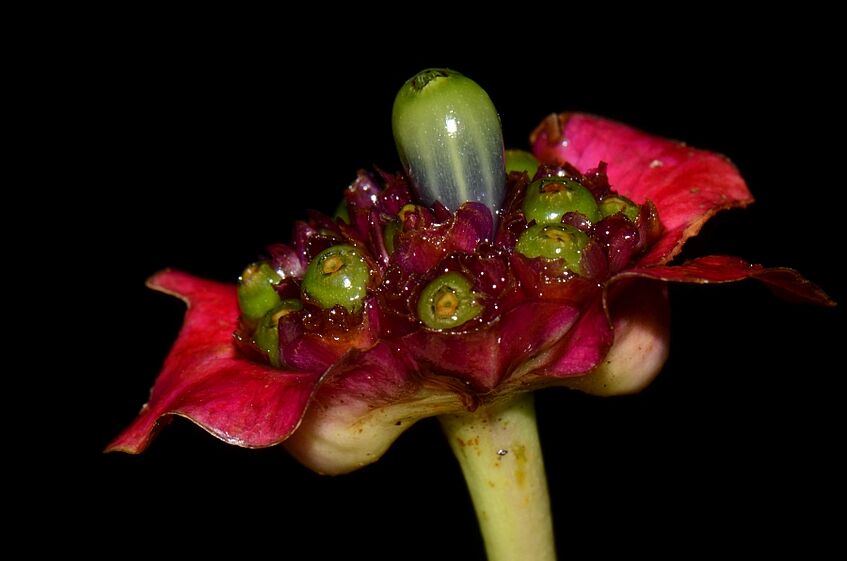
Palicourea elata
